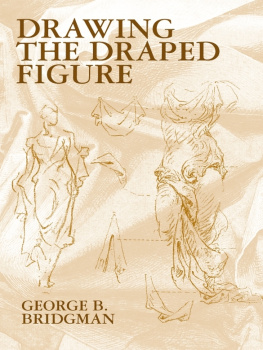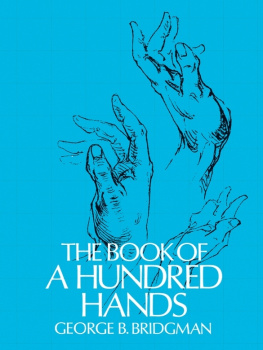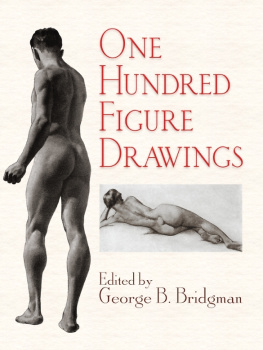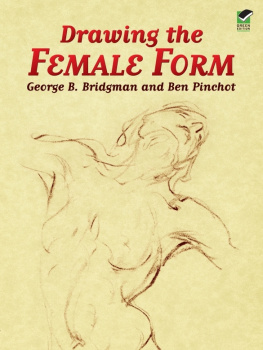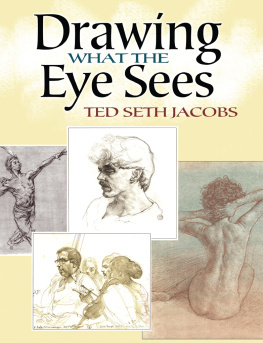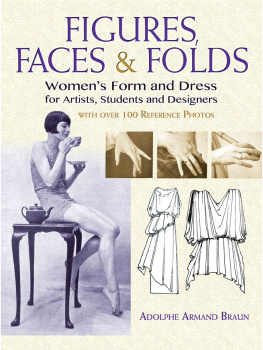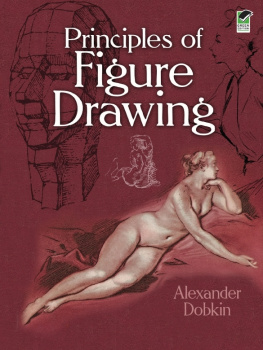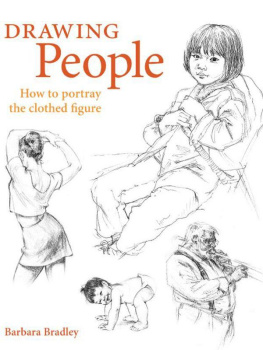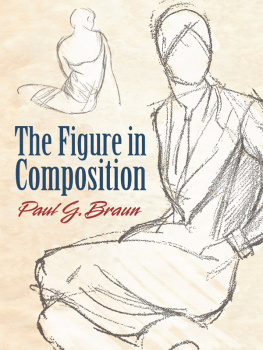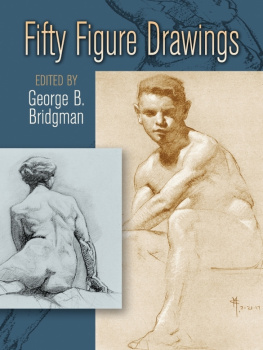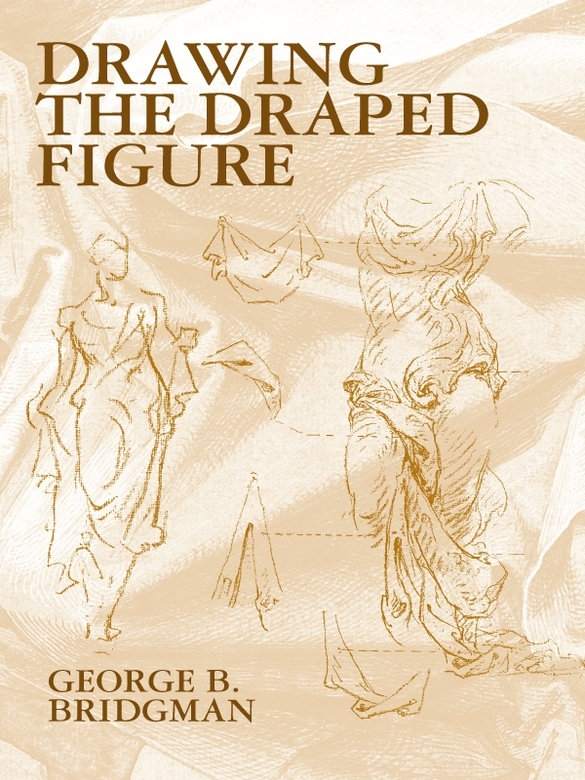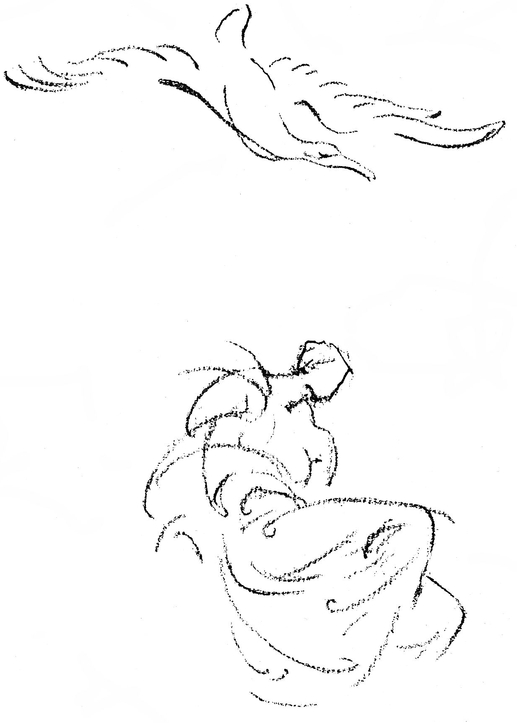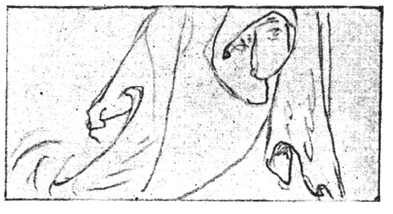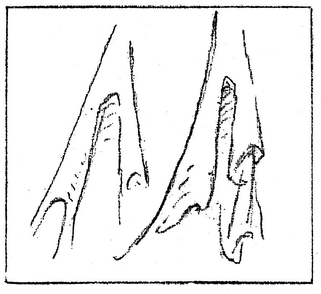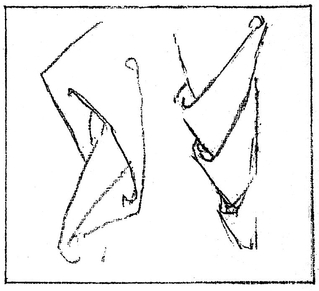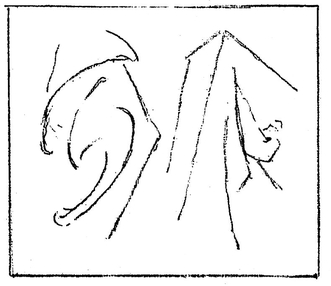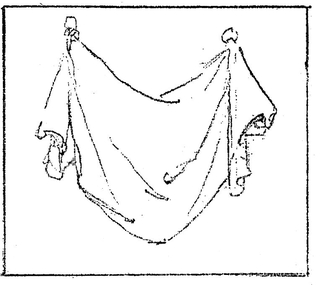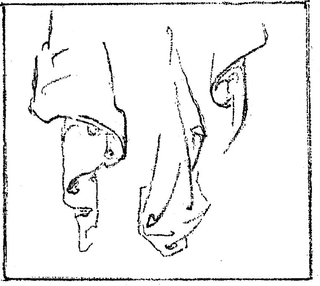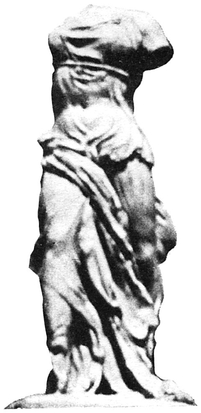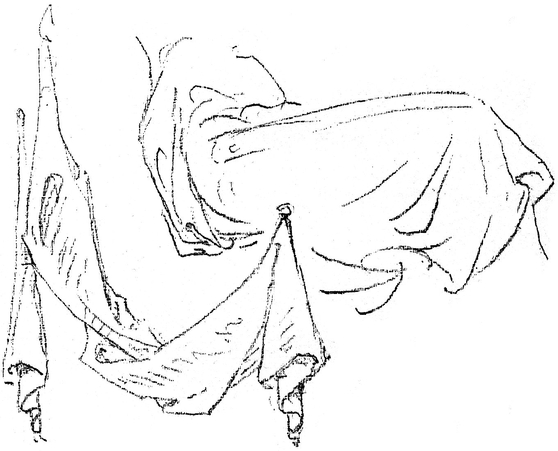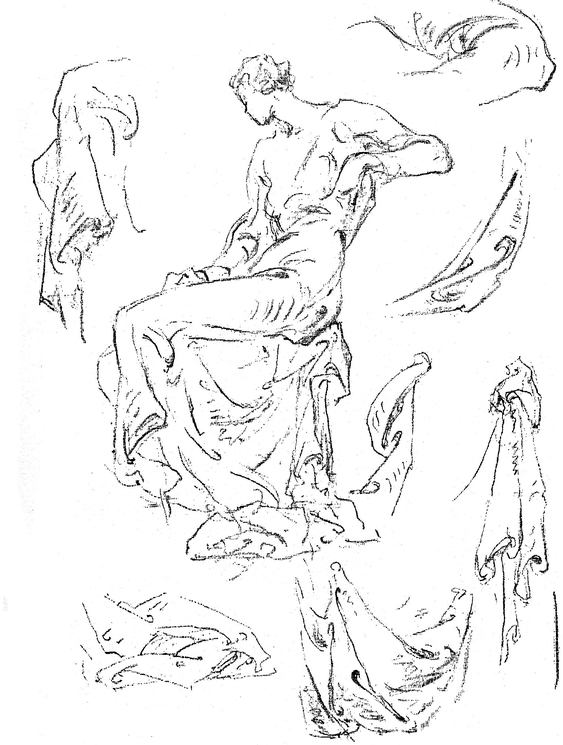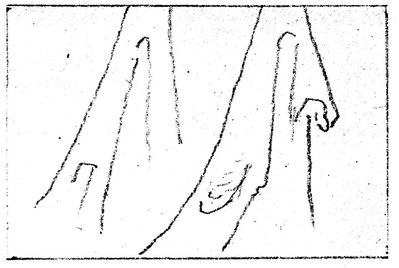George B. Bridgman - Drawing the Draped Figure: The Seven Laws of Folds
Here you can read online George B. Bridgman - Drawing the Draped Figure: The Seven Laws of Folds full text of the book (entire story) in english for free. Download pdf and epub, get meaning, cover and reviews about this ebook. year: 2001, publisher: Dover Publications, genre: Art / Computer. Description of the work, (preface) as well as reviews are available. Best literature library LitArk.com created for fans of good reading and offers a wide selection of genres:
Romance novel
Science fiction
Adventure
Detective
Science
History
Home and family
Prose
Art
Politics
Computer
Non-fiction
Religion
Business
Children
Humor
Choose a favorite category and find really read worthwhile books. Enjoy immersion in the world of imagination, feel the emotions of the characters or learn something new for yourself, make an fascinating discovery.
- Book:Drawing the Draped Figure: The Seven Laws of Folds
- Author:
- Publisher:Dover Publications
- Genre:
- Year:2001
- Rating:5 / 5
- Favourites:Add to favourites
- Your mark:
Drawing the Draped Figure: The Seven Laws of Folds: summary, description and annotation
We offer to read an annotation, description, summary or preface (depends on what the author of the book "Drawing the Draped Figure: The Seven Laws of Folds" wrote himself). If you haven't found the necessary information about the book — write in the comments, we will try to find it.
Many art students and professionals have mastered the art of depicting unclothed figures, but still have trouble accurately rendering clothing or other forms of draped cloth. Part of the problem before this book came along was that there was a lack of concise and simple instruction on the subject, and much that was written was too vague to be helpful. This comprehensive, well-illustrated book was created to solve the problem.In these pages George Bridgman a longtime instructor at New Yorks Art Student League and one of the nations foremost teachers of figure drawing offers expert advice on depicting draped figures. Clothing is none other than a drapery arranged around a body that is beneath it. To express the multitudinous forms it takes, one should learn to express in a direct way the different characters of folds, for each one plays its individual part as distinctly apart as actors play their different characters upon the stage.Students learn the characteristics of seven different kinds of folds and how to render them, including pipe, zigzag, spiral, half-lock, diaper pattern, drop, and inert folds. Mastery of these principles is the key to realistic portrayal of garments, as well as the proper rendering of cloth in still lifes. The straightforward, easy-to-follow text is illustrated by 200 of Bridgmans own sketches and diagrams, reproduced from pencil renderings in crisp halftones. Art students, teachers, and professionals alike are sure to welcome this inexpensive republication of a practical, hands-on manual by a master of figure drawing.
George B. Bridgman: author's other books
Who wrote Drawing the Draped Figure: The Seven Laws of Folds? Find out the surname, the name of the author of the book and a list of all author's works by series.

